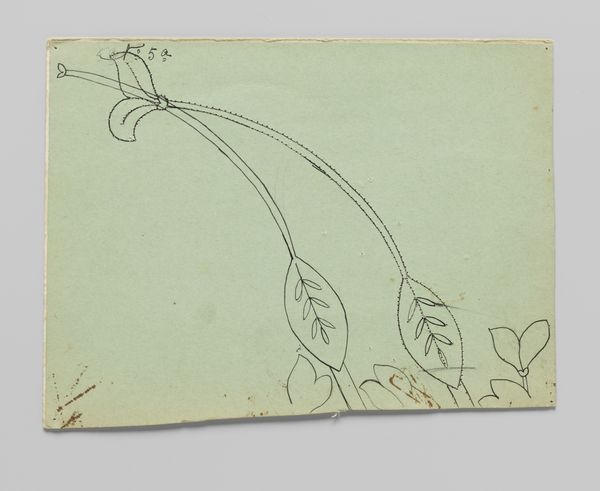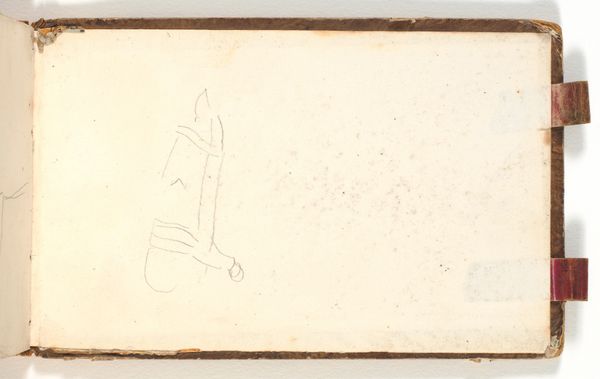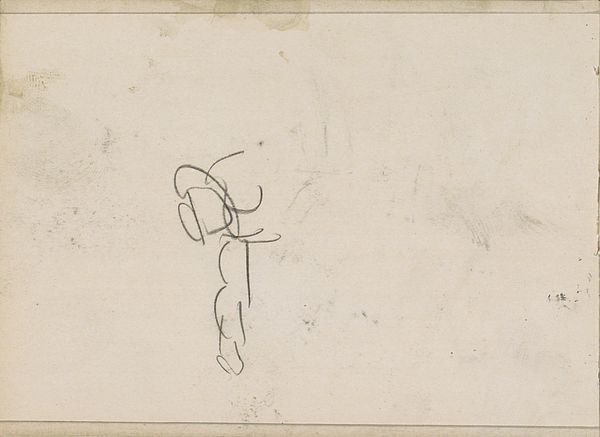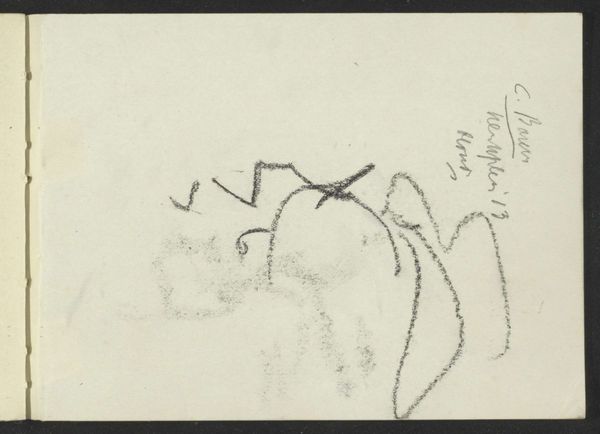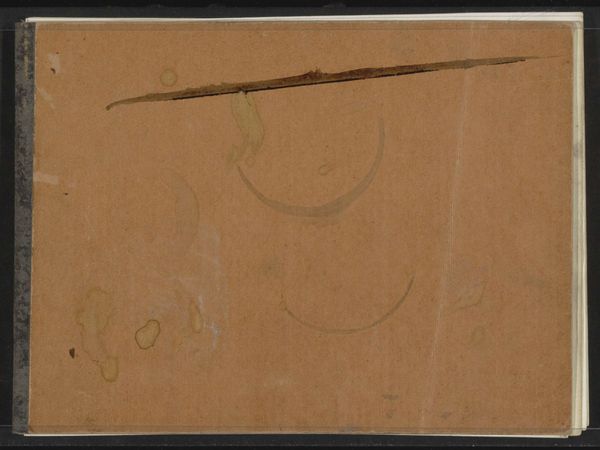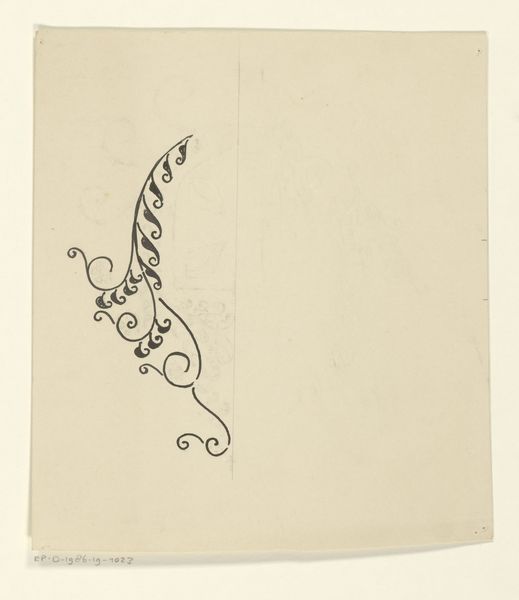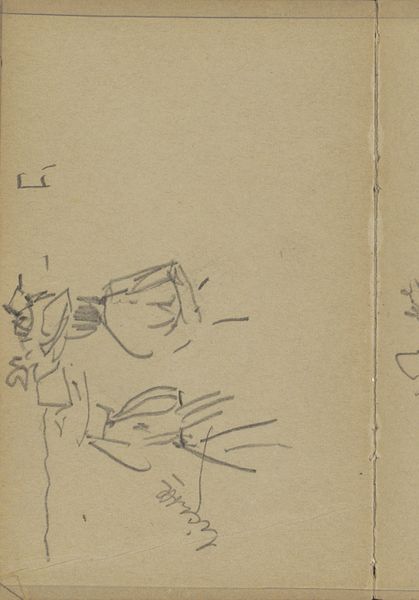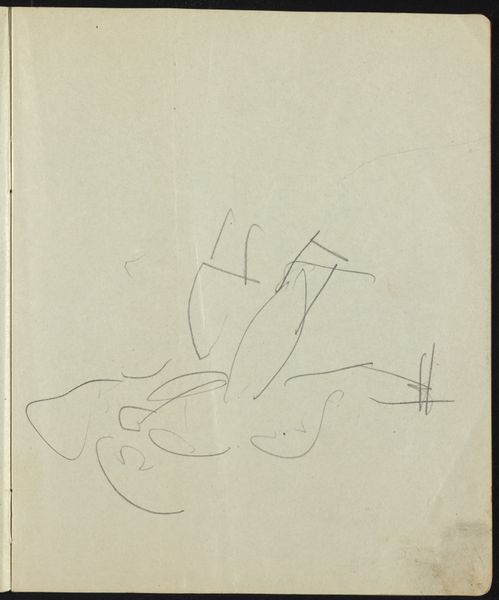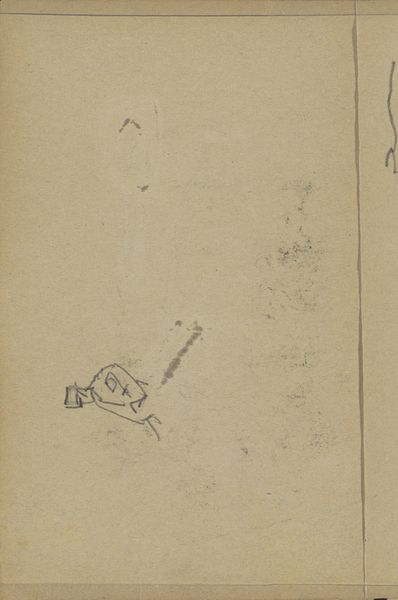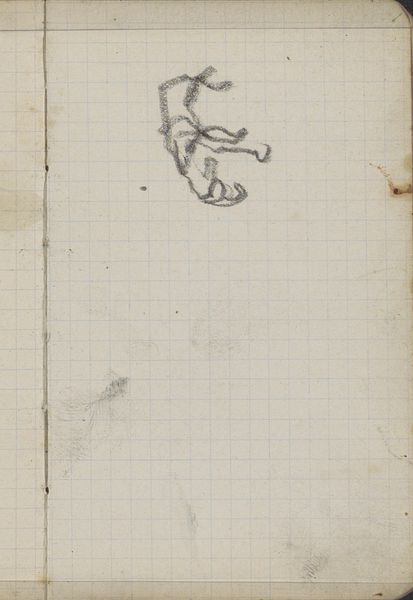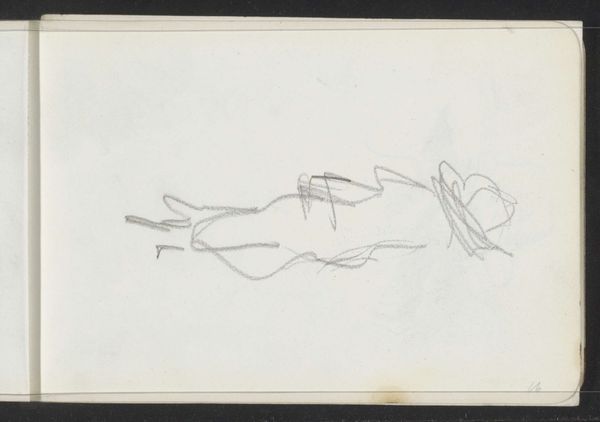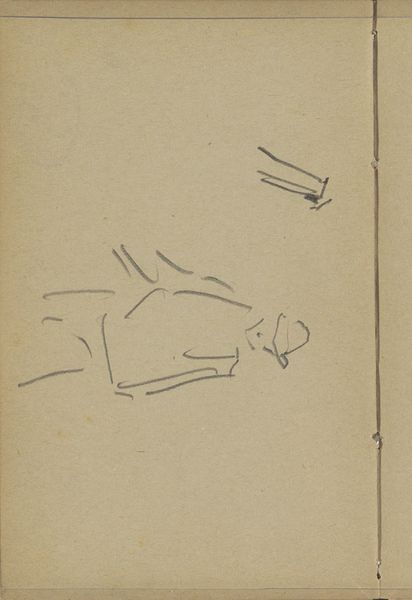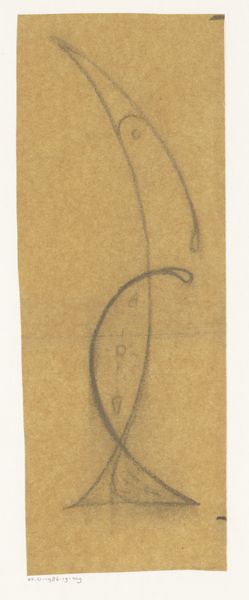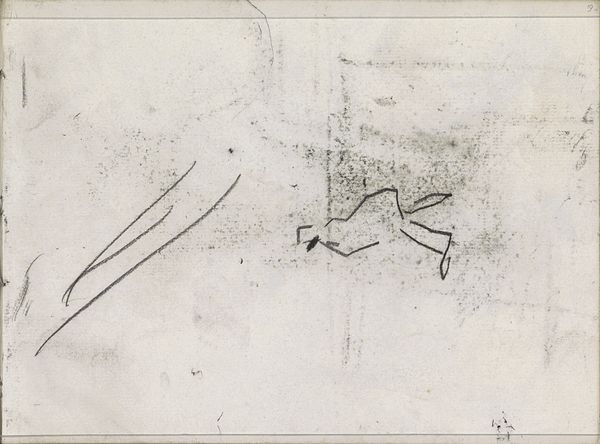
Kantbrief voor een kleed van kloskant met goudenregentakken en -bloemen c. 1912
0:00
0:00
drawing, paper
#
drawing
#
organic
#
art-nouveau
#
paper
#
line
Dimensions: length 29 cm, width 23 cm
Copyright: Rijks Museum: Open Domain
Curator: Looking at this artwork gives me a peculiar sense of calm. What’s your initial reaction? Editor: It's strikingly spare, isn't it? This drawing on paper, "Kantbrief voor een kleed van kloskant met goudenregentakken en -bloemen," translates to something like "Lace letter for a dress of bobbin lace with golden rain branches and flowers." It’s attributed to Louise Wilhelmina van der Meulen-Nulle and dates to around 1912. What do you make of this botanical drawing? Curator: There’s a deliberate restraint here. The artist isn't merely depicting nature; she is charting a process, the steps in lace-making, or maybe an invitation or instruction, as suggested by the title's mention of "Kantbrief". The material transformation intrigues me—turning delicate thread into complex organic forms, essentially capturing movement. Editor: The linear quality strikes me. It really captures the Art Nouveau movement, emphasizing fluidity. I find it interesting how she uses these thin lines to suggest texture, even the slight trembling hinting at three-dimensionality. I feel invited to reconstruct not just a flower, but its gesture as it emerges, how its petals unfurl to greet the sun. Curator: Precisely. The “means of production” so often gets overlooked with lace—we only experience it as commodity, as surface, adornment. The drawing reveals a different story, spotlighting both material and the act of creating. Also, how accessible this artwork is: drawing on paper, for practical instruction, versus the fine lace itself. Editor: So, this isn't "high art" as much as functional design instruction or notation, elevated. I almost wish there were accompanying material samples. It seems a testament to a craft. What kind of labour went into this type of lace that might be inspired by these sorts of preliminary designs? Curator: That very labour—often considered "women's work," and therefore less visible. In drawing attention to this process of design and manual dexterity, the artist foregrounds women’s often disregarded skills in this period of transition. The context redefines not just how to value art, but labor itself. Editor: True. Well, the artist really drew me into appreciating the elegance of natural forms distilled down into this singular intent—simplicity for functional purposes and timeless elegance all at once. Curator: Agreed. This subtle act of translating and recording reminds me to value both intention and action, making us both witness and student of its origins.
Comments
No comments
Be the first to comment and join the conversation on the ultimate creative platform.
